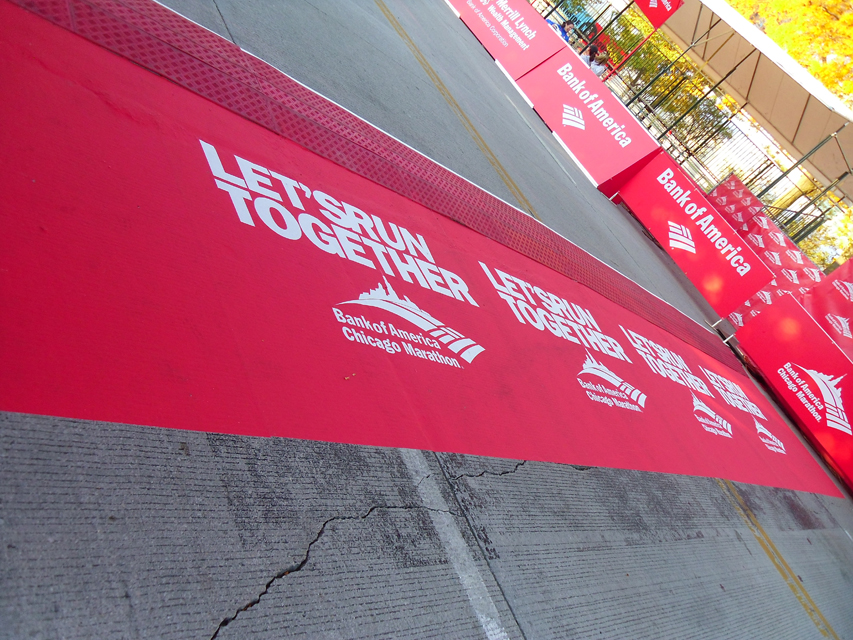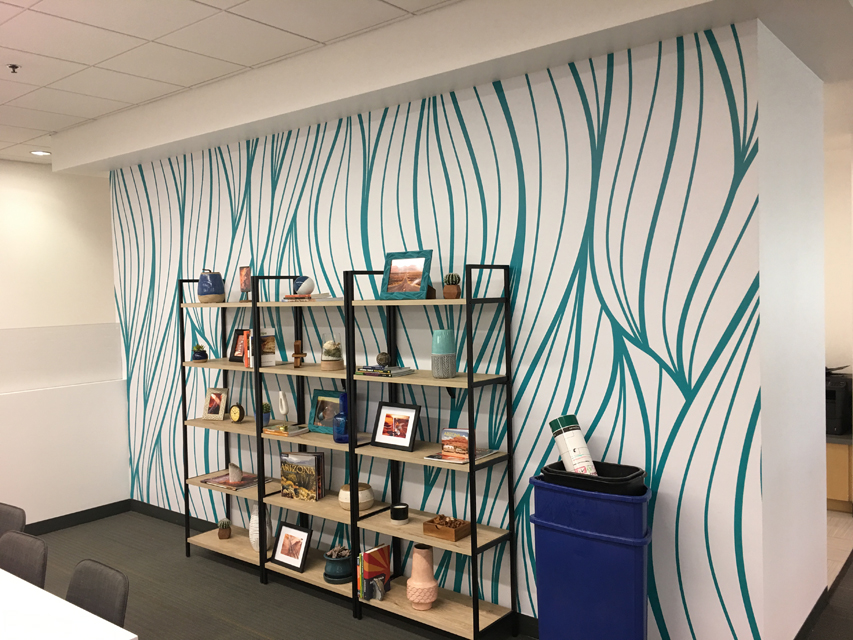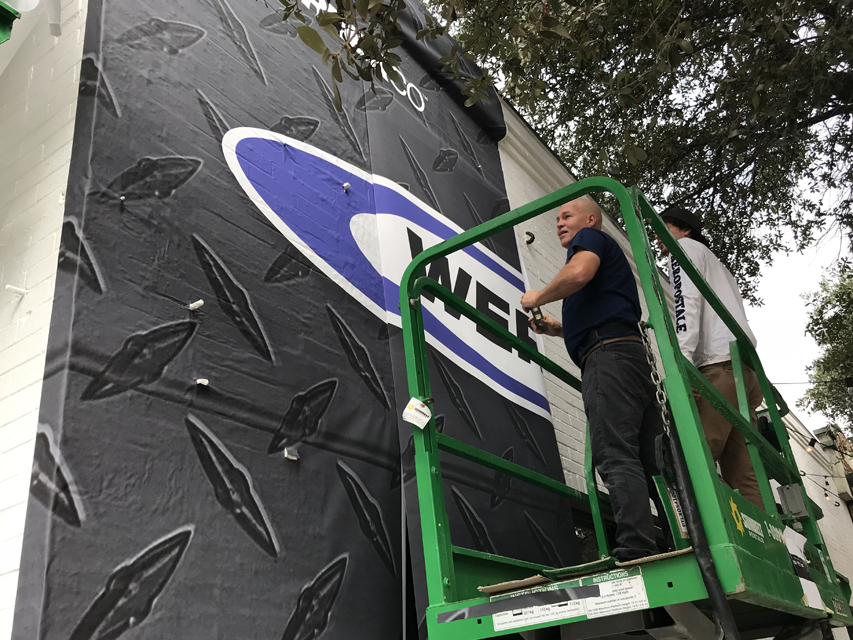
As the technology that enables wide format and signage printing becomes more affordable and accessible for print providers, the line between the two is blurring. Substrate diversity in the wide format space has massively increased this decade, allowing wide format to edge into traditional signage work, encouraging printers to bring both under the same roof.
One major technology driving these changes is UV printing. These devices, with their fast, low-temperature curing are incredibly and increasingly popular. The low curing temperature plays a vital role in printing directly to thin, flexible and low-melting-point substrates. This comes at a time when flatbed, roll-fed, and hybrid devices are all making advances of their own, similarly driving substrate diversity.
Without UV curing, for example, printing lawn signs, like the ones you see every election season, was historically done via screen printing methods, which could require long runs to be justifiable. Now, they can be printed directly to the thin, flexible plastic without fear of melting. Flatbeds’ pin-aided precision allows for tight front-to-back registration, so a sign looks exactly the same on one side as the other, creating a consistent, professional look.
At the same time, wide format’s increasing flexibility and signage use cases are helping to bring digital print advantages to wide format and signage alike.
Instead of carefully printing small promotional items one by one, specialized jigs can turn flatbeds into high-volume production machines, turning out anything from custom-printed USB thumb drives to branded golf balls. Device-agnostic digital workflows can bring variable data into the mix, helping to automatically regionalize or customize signage, empowering communicators to better reach target audiences.
These evolutions are significantly influencing the market toward even more convergence and consolidation—it’s a self-reinforcing trend.
Much of this influence shows up in how print buyers behave. Today’s print buyer is more sophisticated than ever, with information about offerings, methods, and competitors often readily available.

In addition to being incredibly discerning, today’s print buyers are largely looking for a one-stop shop, where they can take care of their wide format, signage and even sheet fed needs all in one place.
This makes purchasing and production a lot simpler, yes. But it also consolidates more purchasing power with a single buyer.
If you’re getting flyers, lawn signs, and window clings all from the same provider, you represent a bigger chunk of that company’s business than you would at three separate specialist shops. That gives print buyers in the new, consolidated world of print leverage. Buyers can use this leverage to pursue deals on bulk buys or packages or put the pressure on to make sure jobs come out just right, with pitch-perfect consistency across all channels.
This doesn’t make print buyers and print providers antagonistic though; rather it provides an opportunity for buyers and providers to work together more closely and at greater lengths, developing stronger working relationships, as well as better understanding of one another’s needs and capabilities.
These technological evolutions—and related print buying behavior—have granted print providers a great opportunity to grow their toolbox.
As wide format shops expand their signage capabilities and vice versa, tertiary markets, such as packaging, and décor, open up to them.
In the past, shops may have had to forgo applications that are related to, but not part of, their core focus.
For instance, if your signage shop doesn’t generally produce enough promotional items to justify adding a new device, you likely won’t get the equipment. So when a client walks in asking for a sign for their event and some promotional flasks, for instance, you have to send them elsewhere, or at the very least, outsource the production.
If you’ve already started adding wide format capabilities, you can knock out both tasks and keep the client entirely in-house.
Even if promotional items aren’t a shop’s bread-and-butter, one-stop buyers are more likely than ever to ask “can you also do X?” Blurring lines between wide format and signage are giving shops more opportunities to answer “yes.”
As capabilities converge, affordability improves and accessibility expands, the risk of signage and wide format becoming commoditized grows.
With commoditization, wide format and signage could become a race to the bottom for cost-focused print buyers. To avoid this fate, print providers need to strive for constant innovation, standout quality, and sterling customer experiences.
Traditional, established sign makers have a slight edge, thanks to the craftsmanship of their signs, which often still rely on traditional fabrication techniques and leverage specialized plastics and metals. However, anyone looking to succeed in this rapidly developing “hybrid” space should look to differentiate themselves.
One way to differentiate, of course, is by the quality of your product.

But as inks and technology improve, driving quality and ease of use, quality applications alone may not be enough to save you.
The way forward comes back to one of the major motivating factors for consolidation in the first place: streamlined, positive customer experiences.
Print providers who can go the extra mile to serve their customers—whether it’s fast turnaround times; high-touch, friendly staff; or renowned color, messaging, and branding consistency—are well positioned to succeed.
In the coming years, the line between wide format and signage will continue to blur. As these capabilities, needs and buyers converge, printers will be offering increasingly similar products, often to the same finite pool of customers.
How is your shop going to stand out?
Simply put, you have to give the people what they want. Pay close attention to your customers’ pain points, goals, and needs, and begin building around ways to address those things even better, even more consistently, even more successfully.
The more seamlessly effective you can be, the better. Seamless effectiveness comes from understanding customers, growing capabilities and matching those capabilities to those needs.
The growing capabilities are coming. The understanding and execution are up to you.
—Dan Johansen
Dan Johansen is marketing manager, Wide Format Solutions, at Ricoh USA, Inc.










